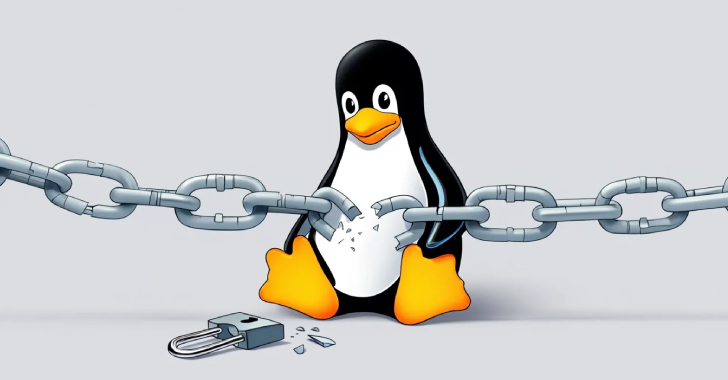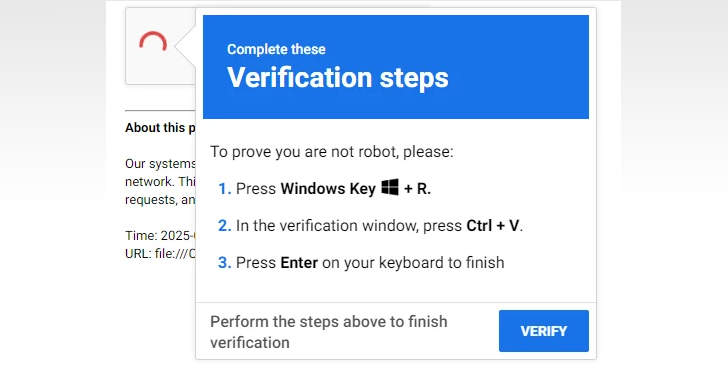
An AI Integration for IT Checklist
The rapid advancement of artificial intelligence (AI) has revolutionized the way businesses operate, and the realm of IT is no exception. AI integration into IT Systems has become a strategic imperative for organizations looking to stay competitive and streamline their operations. However, integrating AI into your IT infrastructure is not a straightforward process. It requires careful planning, implementation, and ongoing management to ensure its success. To help IT professionals navigate this complex terrain, we present an AI Integration for IT Checklist.
- Define Clear Objectives
Before embarking on an AI integration journey, it’s crucial to define clear objectives. Determine what specific IT challenges or opportunities you aim to address with AI. Are you looking to improve network security, optimize resource allocation, enhance customer support, or streamline data analysis? Identifying your goals will guide your AI integration strategy and help you measure success. - Assess Current IT Infrastructure
Evaluate your existing IT infrastructure to identify areas where AI can make the most impact. Take stock of your hardware, software, data storage, and network capabilities. Assess the quality and completeness of your data, as AI systems heavily rely on data quality. Understanding your current setup is essential for making informed decisions about AI integration. - Budget and Resource Allocation
Determine a realistic budget for AI integration, including the costs associated with software, hardware, personnel, training, and ongoing maintenance. Allocate the necessary resources, both financial and human, to ensure a smooth implementation process. Consider whether you will build an in-house AI team or partner with external vendors and experts. - Data Management and Preparation
High-quality data is the lifeblood of AI. Establish robust data management practices, including data collection, storage, cleaning, and labeling. Ensure compliance with data privacy regulations like GDPR or CCPA. Invest in data preparation tools and platforms that can streamline the process of making your data AI-ready. - Choose the Right AI Solutions
Select AI solutions that align with your defined objectives. Depending on your needs, you might opt for machine learning, natural language processing, computer vision, or a combination of these technologies. Evaluate AI vendors, their track record, and the scalability and compatibility of their solutions with your existing IT ecosystem. - Pilot Testing
Before full-scale deployment, conduct pilot tests to assess the AI’s performance in a controlled environment. This step allows you to identify any potential issues, refine the AI algorithms, and train your IT staff on how to work with the new technology effectively. - Integration Strategy
Develop a comprehensive integration strategy that outlines how AI will be incorporated into your IT infrastructure. Consider whether you will implement AI as a standalone solution or integrate it into existing systems. Ensure compatibility with your hardware and software, and plan for scalability as your AI requirements grow. - Security and Compliance
AI integration introduces new security and compliance considerations. Assess the potential risks associated with AI, such as data breaches and algorithmic biases. Implement robust security measures, including encryption, access controls, and regular security audits. Ensure that your AI systems adhere to industry-specific regulations and standards. - Training and Skill Development
Invest in training and skill development for your IT team. AI requires specialized knowledge and expertise, so provide your staff with opportunities to learn and gain proficiency in AI technologies. Consider offering certifications or partnering with educational institutions to bridge any skill gaps. - Monitoring and Maintenance
AI systems require ongoing monitoring and maintenance to ensure optimal performance. Implement monitoring tools to track AI algorithms and data models. Regularly update AI software and algorithms to stay current with industry advancements. Develop a contingency plan for handling system failures and unexpected issues. - User Adoption and Change Management
Prepare your organization for the cultural and operational changes that come with AI integration. Communicate the benefits of AI to your staff and stakeholders, and address any concerns they may have. Create a change management plan to facilitate a smooth transition and ensure user adoption of AI solutions. - Data Ethics and Bias Mitigation
Be mindful of ethical considerations in AI integration. Develop guidelines for responsible AI use and establish mechanisms to detect and mitigate algorithmic biases. Promote transparency in AI decision-making processes to build trust with users and stakeholders. - Performance Metrics and KPIs
Define key performance indicators (KPIs) and metrics to measure the success of your AI integration efforts. Monitor AI performance against these benchmarks and make adjustments as necessary. Continuously gather feedback from users and stakeholders to improve AI solutions. - Scaling and Expansion
Plan for the scalability and expansion of your AI capabilities as your organization grows. Consider how AI can be applied to new areas within your IT operations and explore opportunities for innovation and automation. - Evaluate ROI
Regularly assess the return on investment (ROI) of your AI integration. Compare the costs and benefits of AI implementation against your initial objectives. Use these insights to make informed decisions about the future of AI in your IT strategy. - Stay Informed
The field of AI is constantly evolving. Stay informed about the latest AI developments, trends, and best practices by participating in industry events, joining AI communities, and engaging with AI experts. Continuously update your AI strategy to leverage emerging technologies and opportunities.
In conclusion, integrating AI into your IT infrastructure is a transformative journey that requires careful planning, investment, and ongoing commitment. By following this AI Integration for IT Checklist, you can navigate the complexities of AI adoption and unlock the full potential of artificial intelligence in your organization. Remember that AI is not a one-time implementation; it’s an ongoing process that adapts and evolves with your organization’s needs and the changing landscape of technology. Embrace AI as a strategic enabler of innovation and efficiency in your IT operations.
Contact Cyber Defense Advisors to learn more about our AI Integration for Technology solutions.





